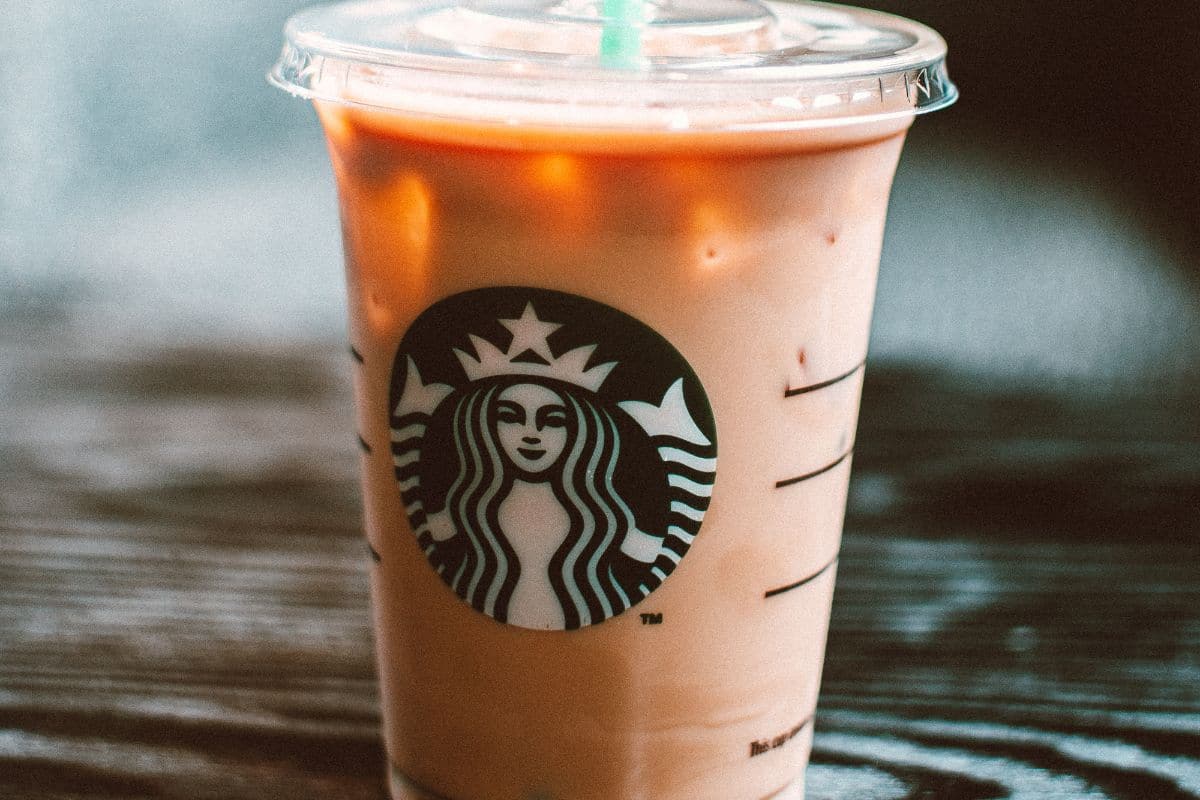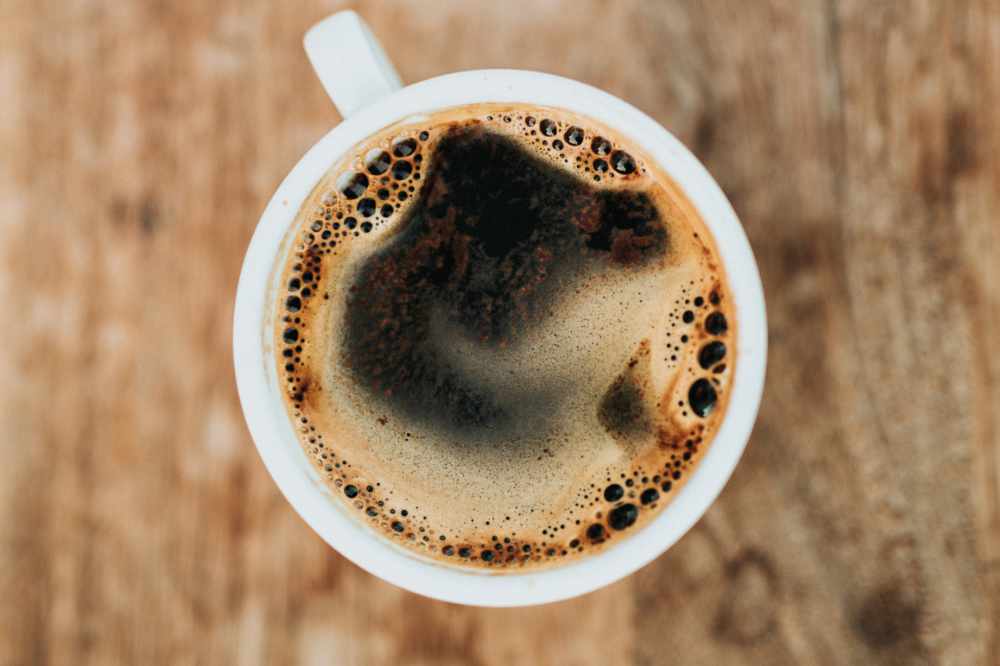Have you ever set out to brew coffee, put everything together as you usually would only to end up with coffee that tastes just a bit off?
You feel like you did everything the same as yesterday yet somehow the coffee has morphed from a delicious, rich cup of goodness to a cup of liquid that resembles dirty dishwater. There is nothing sadder than a disappointing cup of joe and it can set your whole day off to a rocky start.
If you find that too often your morning java tastes thin, weak, or just a bit off then the answer may be simpler than you think. You may just be missing the mark when it comes to coffee measurements.
Without accurately measuring the coffee and water you use you’ll never end up brewing great-tasting coffee that’s repeatable day in, day out. Coffee measurements involve using the golden ratio (that’s a 1:18 coffee to water ratio for most brew methods) and weighing your ingredients with digital coffee scales.
To get to grips with this concept and to help you better understand your chosen brew method, here is everything you need to know about brewing coffee and how to measure it accurately.
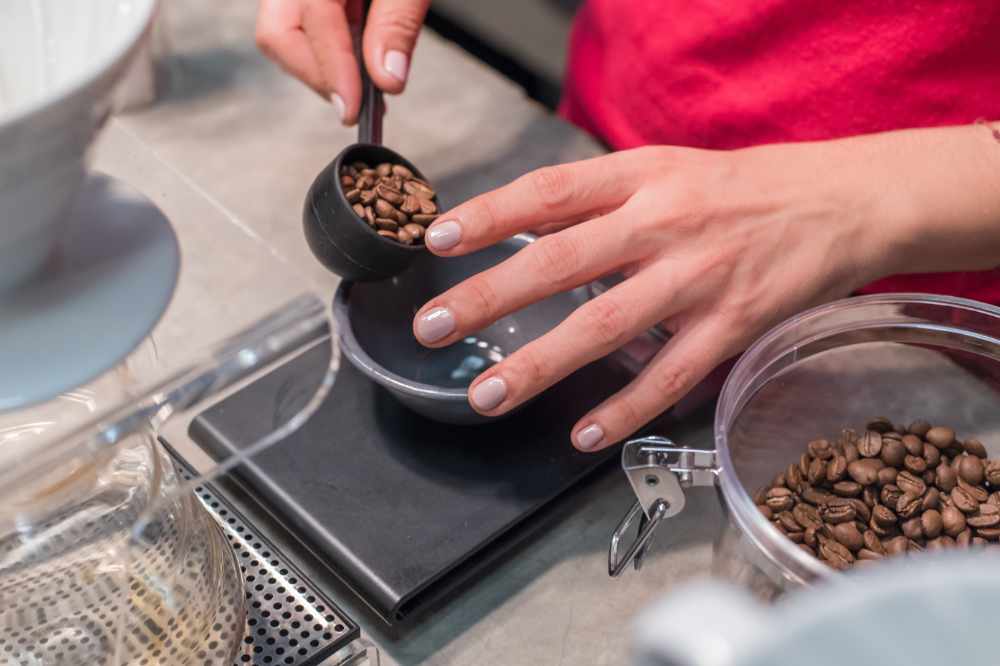
The Golden Ratio
When brewing coffee it’s really important to get the amount of water and ground coffee just perfect for the amount of coffee you plan to brew. Every coffee maker is a bit different and this will affect the coffee to water ratio.
The Specialty Coffee Association recommends using 55 grams of coffee for every 1 liter of water (that’s 1000 grams of water) ±10%. This equals roughly a 1:18 ratio so you can work out how much coffee to use based on the size of carafe you have available.
The golden ratio is utilized by baristas and keen coffee drinkers alike. The good news is that you can freely adjust the ratio to suit the coffee taste you enjoy best. If you find this ratio too intense then you can try a 1:20 ratio instead. If you prefer a bolder cup of coffee then opt for a 1:15 ratio.
It’s important to note that this golden ratio only applies to specific brew methods, the number one method being a drip coffee maker. Other modes of coffee brewing can vary a lot when it comes to the ideal ratio of coffee and we will look at each of these individual brewers in turn.
How To Measure Coffee

A lot of coffee recipes call for x amount of tablespoons of ground coffee or sometimes a measuring cup or scoop is recommended. The problem with using volume measurements for ground coffee is that it can vary a lot between batches.
The best way to measure coffee is to use digital weighing scales or special coffee scales as this method will always give the most accurate results. For espresso brewing, you do really need special coffee scales as these are sensitive enough to detect the small volumes of coffee and water used.
To really understand why you need to use weighing scales, here are some examples of factors that can affect your coffee measurement.
What Can Effect the Measurements
Heaped vs Level Scoop
Scoop sizes can vary a lot depending on whether they end up more level or more rounded. It’s very difficult to control your scoop size and you can end up with the coffee measurement varying a lot between batches. This is especially true if you’re brewing larger quantities.
Coffee Beans vs Ground Coffee
Weighing out coffee beans using a cup or scoop will give you very different results compared to weighing out ground coffee. The beans don’t compact as well so you will end up with less per scoop than coffee grounds.
Grind Size
Coarser ground coffee for use with the likes of a French press will take up more room than fine ground coffee due to larger air gaps between the grounds. Finely ground coffee will compact down easier making it take up less volume for the same weight used.
Brew Methods
Pour Over

Pour over coffee conforms to the golden ratio really reliably. It works well for any kind of coffee from light to dark roast and requires a medium-fine grind setting.
A 2 cup pour over setup requires 22 grams of ground coffee and 400ml of hot water.
A 6 cup brewer will take 37g of coffee and 672ml of water.
Drip Coffee
Drip coffee requires the same ratio as pour over. Check how many mls or fluid ounces your coffee pot holds and divide by 18 to get the amount of coffee you need. Drip coffee requires a medium grind setting and works well with most kinds of coffee.
French Press
French press is an immersion brew process that makes strong coffee with a bold taste. This is another brew method that aligns very well with the golden ratio. Use the 1:18 ratio, coarsely ground coffee, and the brew time is 4 minutes. After the 4 minutes, press the plunger and serve your perfect cup of coffee.
French press works well with medium to dark roast coffee beans and requires coarsely ground coffee.
Aeropress
To make the best coffee in an Aeropress a brew ratio of 1:16 is a good starting point. To an 8 ounce cup of great coffee you will need 0.5 oz of coffee. This is 15g of coffee to a 235ml cup of water.
You will need a medium-fine grind for Aeropress that’s finer than drip coffee but not as fine as espresso.
Lighter roasts of coffee don’t withhold their floral notes well when brewed in an AeroPress so it is better to opt for a slightly darker type of coffee.
Espresso
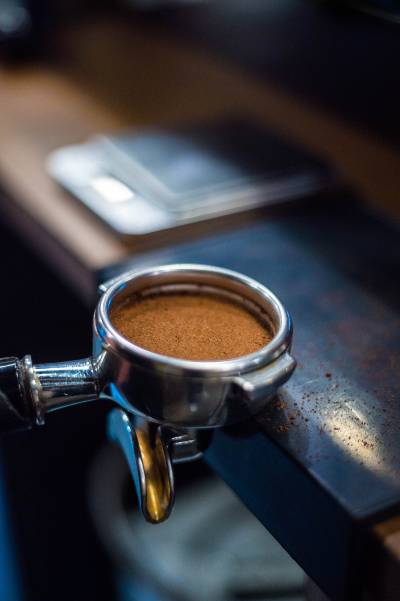
Espresso needs a very finely ground whole bean coffee that’s been packed into a metal portafilter. The ratio for brewing espresso is very high at a 1:2 coffee to water. For 25ml (a single shot) of coffee you will use around 12g of coffee.
Espresso uses high pressure brewing to extract all those delicious flavors and aromas and make a thick, concentrated shot of coffee with a characteristic crema on top.
Cold Brew
Cold brew is a slightly different method of brewing that uses cold water and a long extraction time. Set your coffee grinder to the coarsest setting possible and use a dark roast coffee for this brew method.
Cold brew is usually made in a very concentrated form and topped up with cold water to taste. A 1:4 ratio is fairly common to make cold brew concentrate. Let it steep in the fridge for 12 hours and store in an airtight container in the fridge for up to 2 weeks.
F.A.Q.s
How much coffee do I use for 4 cups?
For a drip machine, pour over, or french press, in order to make 4, 8 ounce cups of coffee (that’s around 1 liter) you will need 55g of coffee or just under 2 ounces.
If it’s a 4 cup drip machine, make sure you check the cup sizes as a lot of models will only make 4 or 5 oz coffee cup.
For 4, 5 oz cups of coffee you will need 1 ounce of coffee or 30g of coffee.
How many scoops of coffee do I need for 1 cup?
For an 8 ounce cup of coffee (that’s 250ml) you will need 0.44 oz of coffee or 12 grams of coffee.
A level scoop of coffee should hold around 2 tablespoons which is roughly 10 grams or 0.36 oz. You will need a heaped scoop of coffee to make 1 cup of coffee.
What is the difference between a tablespoon of coffee and a teaspoon of coffee?
A tablespoon holds 15 ml whereas a teaspoon can only hold 5ml.
How many tablespoons are in a cup of coffee?
You need around 2 heaped tablespoons of coffee to make a cup of coffee.
How many ounces of water do I need for 1 cup of coffee?
1 cup of coffee takes 8 ounces of water.
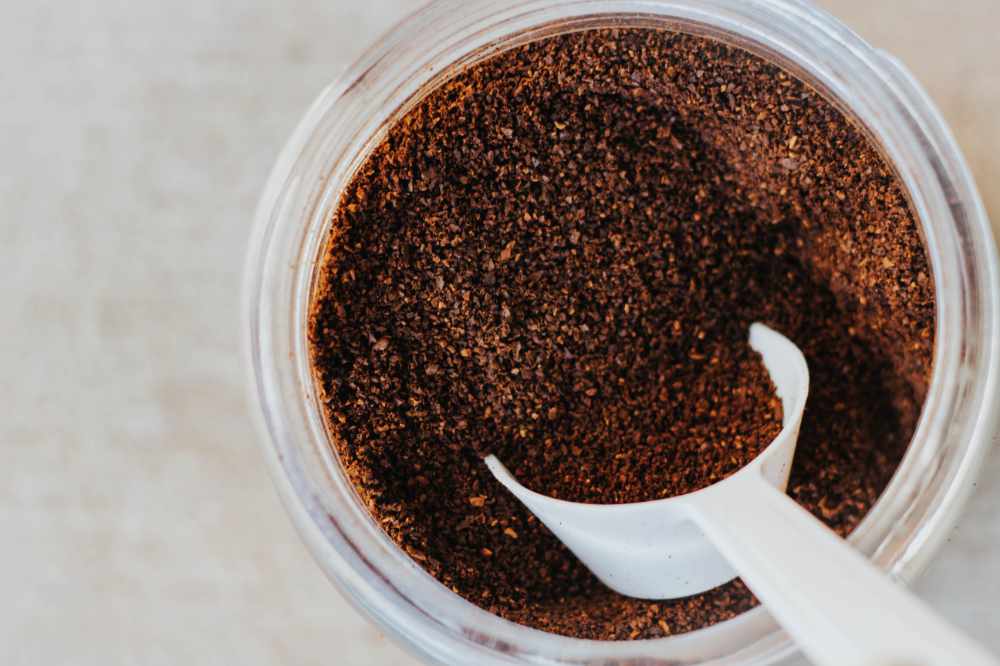
Final Thoughts
Perfect coffee is only repeatable when you use reliable brewing methods. You have to measure your coffee using weighing scales to get an accurate idea of how much you’re using. Once you learn the golden ratio, the coffee making world is your oyster and nothing will stop you brewing the best coffee everytime.


